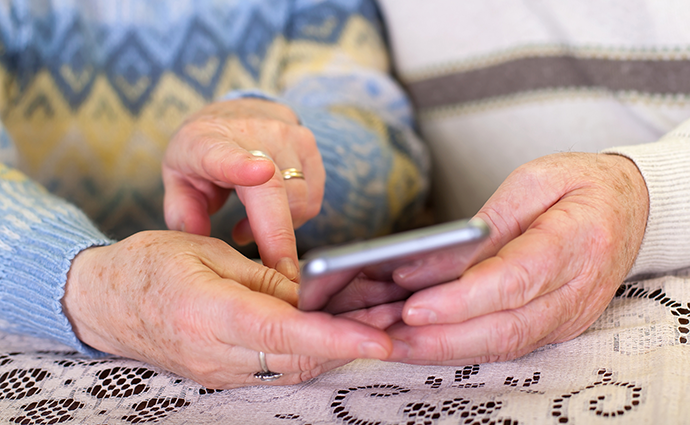mHealth App Study Notes Lack of Resources, Care Provider Support
A study of more than 370 consumer-facing mHealth apps for people living with Type 2 diabetes finds that few give users what they need to manage oncoming episodes of hyperglycemia or hypoglycemia.

Source: ThinkStock
- Research out of Singapore suggests that many consumer-facing mHealth apps won’t help people living with Type 2 diabetes manage their health, and that care providers should be included in the platform.
Of more than 370 mHealth apps analyzed in a recent study, less than one-fifth alerted users to the threat of hypoglycemia or hyperglycemia based on their blood sugar levels, putting them at risk of serious health issues, including death.
The study, led by Elaine Lum of Nanyang Technological University in Singapore and the Queensland University of Technology in Brisbane, Australia, and published in Diabetes/Metabolism Research and Reviews, argues that the apps were not well designed and advocates for more provider input during that design process.
“We uncovered two important problems regarding the capability of apps to support diabetes self-management,” Lum and her colleagues wrote. “First, less than one-fifth of apps provided evidence-based steps to guide patients through hypoglycemia and hyperglycemia. Second, the majority of apps failed to provide just-in-time bite-size diabetes self-management education to prevent frequent or severe episodes of hypoglycemia and hyperglycemia. As emphasized by the (American Diabetes Assocaition), diabetes self‐management education is one of the most important elements for sustaining the skills and behaviors needed for ongoing self‐management, and consequently, for improving patient clinical outcomes, health status, and quality of life.”
“Developers of diabetes self-management apps should involve diabetes specialists at the co-design stage so that educational evidence-based action prompts are triggered when out-of-range blood glucose values are recorded,” they concluded. “If appropriately designed, action prompts could play a role in augmenting patient education of blood glucose management, which may translate to improved HbA1c without incurring severe hypoglycemic episodes.”
According to their research, only 15 percent to 18 percent of the apps tested, based on guidelines set by the ADA, provided appropriate action prompts for either hypoglycemia or hyperglycemia. Some apps offered advice that was too general or did not fall within the ADA’s guidelines.
Lum and her colleagues suggest testing “nudge theory” or other methods to compel users to manage their care.
“Patients may be more willing to use a diabetes app long‐term if the app was well‐designed and decision support is appropriately tailored to offer more valuable insights for better self‐management, eg, prompts take into account patterns of hypoglycemia and hyperglycemia,” they wrote.
They also suggested developing connected health platforms that combine mHealth apps with “an intervention arm,” such as “comprehensive education and decision support.” In other words, keeping the care provider in the loop at all times, an easier process these days with the development of remote patient monitoring technology.
That’s where telehealth companies like Livongo, Glooko, Omada Health, Medtronic and Abbott have been heading. With mHealth-enabled sensors that can track blood glucose levels and alert both users and care providers when they head into dangerous territory, and a telehealth link that can connect the patient in real-time with care management resources or communicate with care providers, the platform gives those living with diabetes the support they need to act quickly when hyperglycemia and hypoglycemia are on the horizon.
